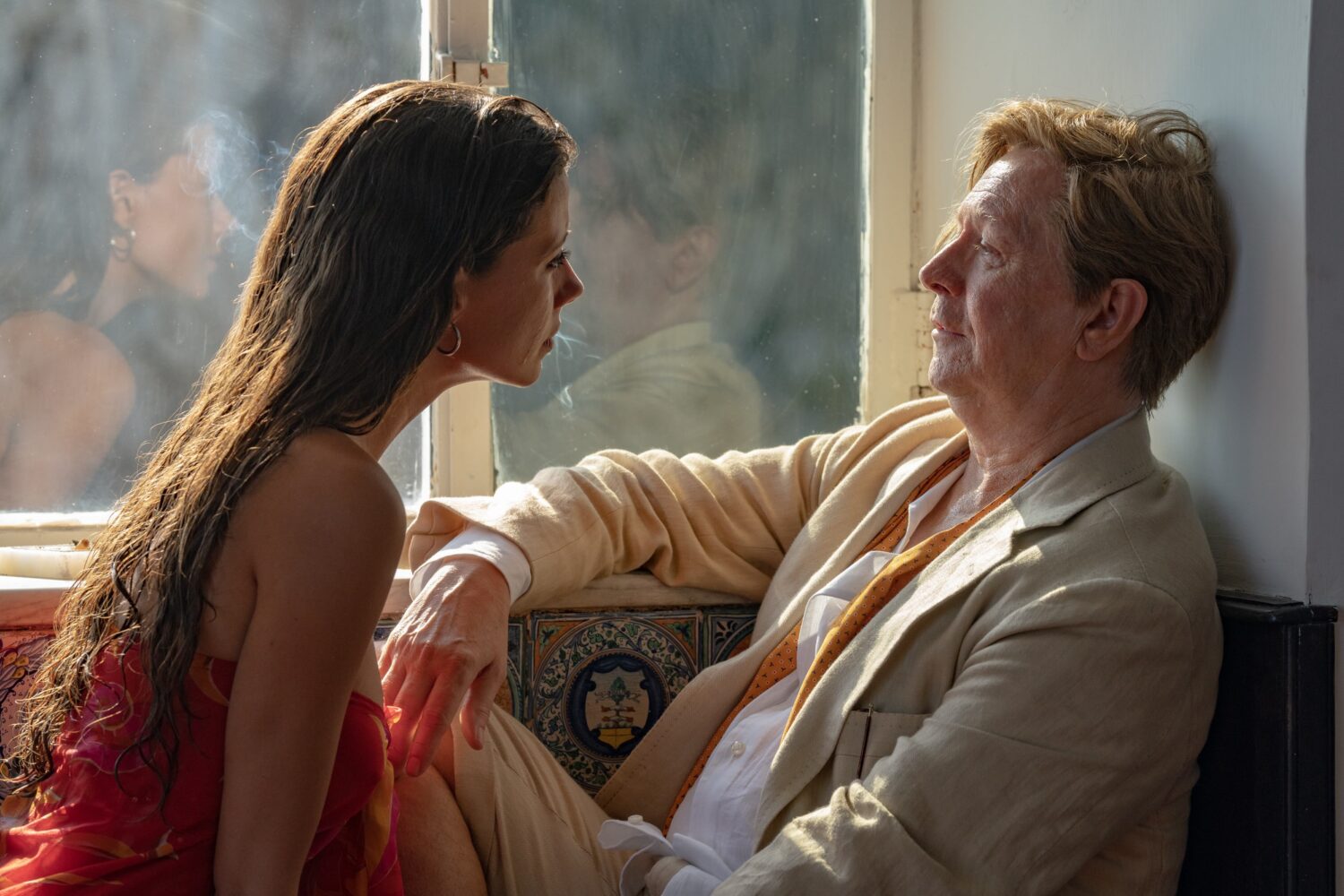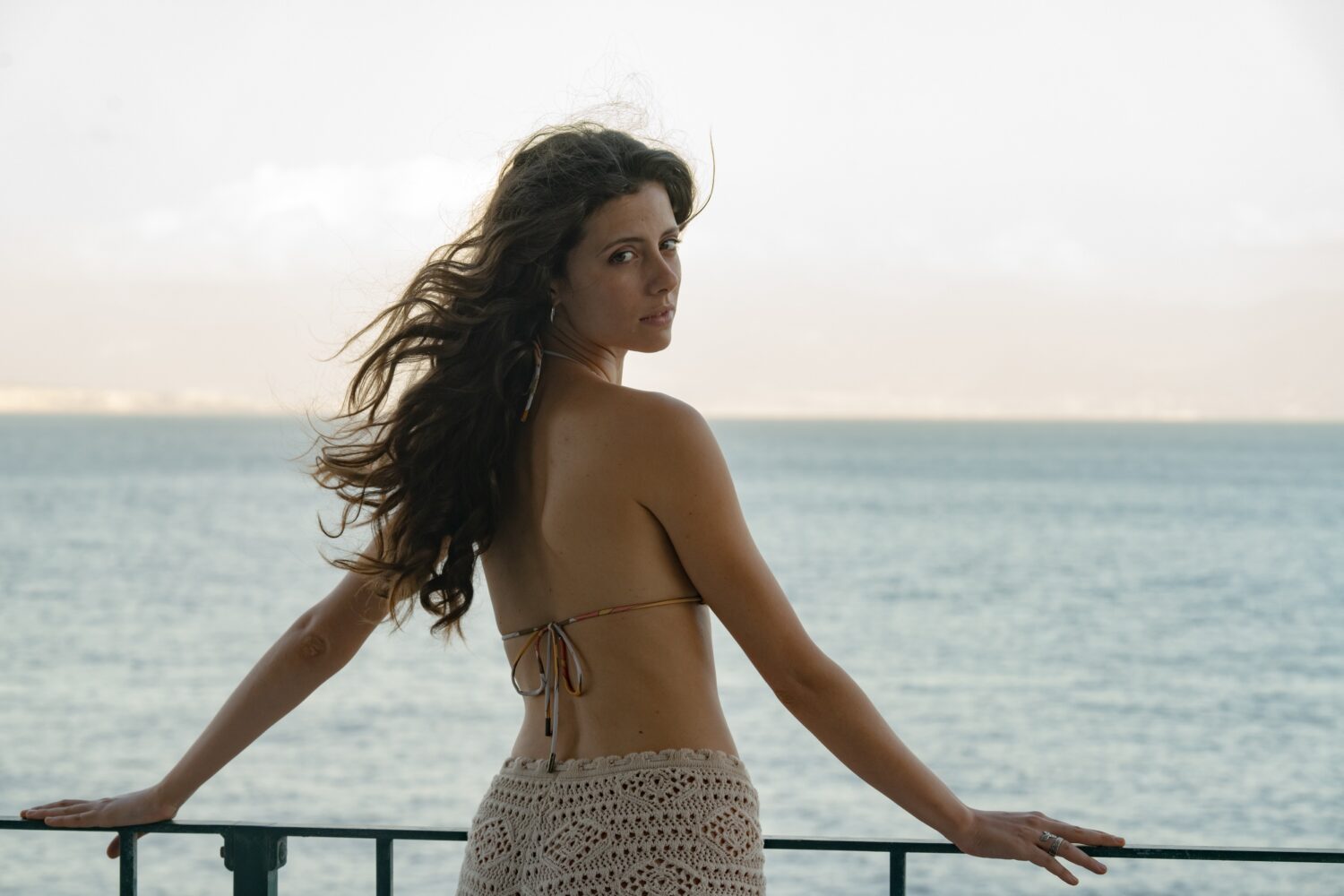Paolo Sorrentino’s ‘Parthenope’: A Banal Portrait of Youth and Beauty
By Rida BilgramiThe first time I watched Paolo Sorrentino’s film The Great Beauty, I was electrified. Even on successive viewings it continues to leave me exhilarated in its hyperbolic and acerbic portrayal of Rome’s literati glitterati. The film gestures towards a recurring idea in Sorrentino’s body of work – the exploration of beauty and decay mostly through the eyes of men in the later decades of their lives ruminating on their perception of the fading of time and their sense of self within it. Writing multidimensional characters for women has not been central to Sorrentino’s storytelling. This limitation is evident in his tenth feature film Parthenope set in his native Naples, following his autobiographical coming-of-age film, The Hand of God. In an interview with Variety magazine last year, Sorrentino dubbed Parthenope as his feminine epic; it’s his first film featuring a female protagonist. He further added: “I am telling the story of a woman not because I know her, but for exactly the opposite reason. As Philip Roth said, the reason why someone starts writing about a character is precisely because you are clueless about that character. The obsession comes from being ill-equipped, not from knowledge.” What could have been a beguiling cinematic Künstlerroman exploring how a woman bestowed with dazzling beauty comes of age and finds her own voice and a vision for her creative, intellectual and spiritual life instead becomes a hollow tale of objectified feminised beauty where the viewer is offered gorgeous aesthetic morsels that never quite amount to a memorable meal.
The eponymous character Parthenope is named after the mermaid in Greek mythology who falls in love with Ulysses and throws herself into the sea after he resists her seductive powers. The opening montages of Parthenope centre on her birth in the shimmering waters of the Bay of Naples. Eighteen years later we are introduced to Parthenope (debutant Celeste dalla Porta) as she emerges from the sea – a lithe and luminous Venus like presence. The literary mythologies of the legendary siren parallel the ways Sorrentino’s lead character sees herself and how she is perceived by the world. The film drifts through seven decades of her life in a series of vignettes which depict the fleetingness of youth and of the contradictions and crumbling grandeur of the city. Parthenope spends her idyllic young adulthood lounging in her parents’ seaside villa, reading John Cheever, indifferent to the attention of the maid’s son Sandrino (Dario Aita), and the incestuous gaze of her older brother Raimondo (Daniele Rienzo). Enrolling in university in Naples under the guidance of Professor Marotta (Silvio Orlando), she excels in the discipline of anthropology outperforming her peers. Her brief foray into the world of learning acting puts her in the path of a Sophia Loren-esque embittered starlet Greta Cool (Luisa Ranieri) who goes on a public diatribe against Naples as a place filled with lowlifes who always blame others for their problems. When she realises acting is a dead-end, Parthenope returns to academia to finish her thesis on the cultural frontiers of the miraculous, which eventually leads to an invitation to observe the Miracle of San Gennaro. In a transgressive and confounding sequence, Vescovo (Pepe Lanzetta), a cardinal, reveals his all-too-human lusts in the chambers of San Gennaro – a holy place for Neapolitan Catholics. This is an ode to Sorrentino’s stated obsession with the blurred lines between the sacred and the profane. His earlier works including The Young Pope are attentive to the theatricality of the Catholic Church and its omnipresence in Italian cultural and spiritual life, but also the impossible responsibility placed upon the institution to assert guidance and moral authority over every facet of its adherent’s messy, complex world.
Structurally Parthenope is similar to the episodic The Great Beauty replete with many tertiary characters who come to life primarily through a series of encounters they have with the protagonist; reminiscent of Federico Fellini’s La Dolce Vita. However, lacking narrative cohesion and little exploration of what desire and intimacy mean to Parthenope , there is little to anchor and enliven her fragmented journey or even create dynamic interrelationality with characters who entertain, perplex and haunt the viewer. As Parthenope pursues the study of anthropology despite struggling with how to define the discipline, Professor Marotta tells her “Anthropology is seeing: when you’re young, you have other priorities—living, desiring, dreaming, moving through the world, learning—and then, little by little, these things fade, and vision becomes a kind of survival tool.” The profundity of this statement could have been more of a guiding light for this film but there is very little exploration of Parthenope’s gaze and how she sees the world.

The duality that Sorrentino seeks to evoke in the film — beauty as power and also as a prison — is teased but not deepened. He prefers to take refuge in a tableau of images that rarely coalesce to tell a compelling story. As lovers and strangers marvel at Parthenope’s transcendent beauty and drape themselves around her, the camera remains transfixed on her face that bears the naive allure of a young muse who exists to acquiesce to male fantasy. While watching the film I kept thinking of art critic John Berger’s now widely known treatise in his seminal text Ways of Seeing. “Men act and women appear. Men look at women. Women watch themselves being looked at. This determines not only most relations between men and women but also the relation of women to themselves. The surveyor of woman in herself is male: the surveyed female. Thus, she turns herself into an object – and most particularly an object of vision: a sight.” Even Parthenope’s gaze reflects the male gaze. Her awareness of her own beauty seems more like a reaction to this gaze than a conscious act of self-affirmation.
What made Sorrentino’s earlier works particularly compelling is their excavation of the inner labyrinth of life with wryness. The Great Beauty’s merit lay in the complexity of its main character, brought to life by the charismatic performance of Sorrentino’s versatile frequent collaborator and fellow Neapolitan, Toni Servillo. Jep, the character played by Servillo, lives an essentially frivolous existence as a sardonic chronicler of high society, but his conversations and musing show a deeper awareness of his own idiosyncrasies. Parthenope is somewhat on the other end of the spectrum of character development and performance. She is conceived as a mythological creature – a metaphor – but metaphors can obscure how we truly see something, resulting in abstraction. Dalla Porta, despite having ethereal screen presence, renders an emotionally remote performance devoid of any curiosity and interiority and what emerges on screen is a banal opacity.

What will stay with me, however, are resplendent Sorrentino flourishes brought to life by cinematographer Daria D’Antonio. Early on, there is a sequence of stylish young women walking down Naples’ sunny streets in slow-motion, holding up their colourful scarves that billow in the wind, heralding the arrival of spring. It’s classic Sorrentino world-building, a montage of movement that, when slowed down and extended, becomes something more meaningful, in this case a caress of youthful free-spiritedness. The swooping, hypnotic lens through which D’Antonio shoots light and locations is sublime. Moonlight on the crystalline sea, baroque chandeliers hanging in cathedrals, silhouettes of bodies dancing with abandon, are rendered with sensuous intensity. Inspired by the works of Irish painter Patrick Procktor, D’Antonio shoots Parthenope like a painting with an eye for soft colors and suspended atmospheres; she could be a Caravaggio portrait or even Botticelli’s Venus. The stunning imagery is set to composer Lele Marchitelli’s delicate piano score braided with classic Italian pop and a 1973 Brazilian track with percussive poly-rhythms from Trio Ternura.
To watch Sorrentino’s films is to live through the experience of witnessing our own smallness against the crashing tide of cinematic splendour. Yet, I often walk away from his films with the idea that film is an instrument of thought as much as it is about an enactment of beauty. With its preoccupations being skin deep Parthenope, sadly, feels like an exception.
A24 has set a U.S. release for 7 February 2025. The UK and Ireland theatrical release is scheduled for 2 May 2025 by Picturehouse Entertainment.
Rida Bilgrami is a writer based in London. Her work spans poetry, essays and reported features with a focus on travel, books, visual culture and cities. Read more of Rida’s work on Something Curated here.
Header photograph Gianni Fiorito.